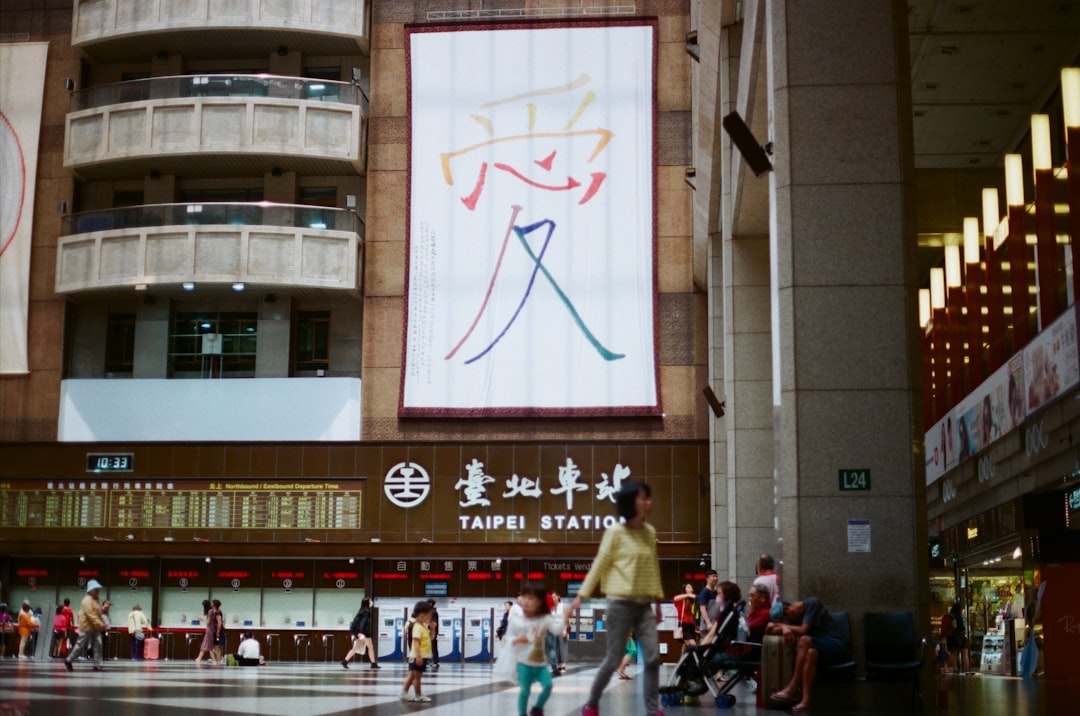Discover how Longchamp successfully entered the Chinese market through adaptive marketing strategies tailored to local preferences.
Introduction
Entering the Chinese market poses unique challenges for luxury brands, from cultural nuances to technological preferences. Longchamp, a renowned French luxury brand, has exemplified how strategic adaptation can lead to remarkable success in China. This case study explores the adaptive marketing strategies Longchamp employed to conquer the Chinese market, offering valuable insights for other luxury brands aiming for similar success.
Setting Up Stores in WeChat
Longchamp recognized the dominance of WeChat in China, a platform with over 960 million users. Early adoption of WeChat allowed the brand to establish a direct presence where Chinese consumers spend a significant amount of their online time. By launching two in-app stores, Longchamp provided avenues for customization and enhanced customer engagement:
- Customized Product Creation: One store enabled customers to design personalized Longchamp products, fostering a sense of ownership and exclusivity.
- Experience Sharing: The second store allowed customers to share their in-store experiences, creating a community around the brand and leveraging user-generated content for organic promotion.
Jean Cassegrain, Longchamp’s CEO, emphasized the effectiveness of WeChat over other e-commerce platforms, highlighting its potential to drive substantial sales.
Promoting China’s Qixi Gift-Giving Festival
Aligning marketing campaigns with local traditions proved pivotal for Longchamp. The brand strategically promoted a Valentine’s-style bag during Qixi, China’s equivalent of Valentine’s Day held on August 28. This campaign resonated deeply with consumers, achieving 13,295 pageviews—the highest tally for the month. By integrating cultural relevance into their marketing, Longchamp strengthened its connection with Chinese consumers.
Leveraging WeChat Mini-Apps
As the first luxury brand to adopt WeChat’s mini-apps, Longchamp innovated its digital presence:
- E-commerce Platform: The first mini-app served as an online store, allowing customers to order, pay, customize, and trace their purchases seamlessly.
- Parisian Experience App: The second mini-app, “ParisianNG,” immersed users in a virtual Paris experience, showcasing French bakeries, florists, and art galleries. This initiative highlighted the Parisian influence on Longchamp’s designs, reinforcing the brand’s heritage and aesthetic appeal.
These mini-apps not only enhanced user engagement but also streamlined the purchasing process, making it more convenient for Chinese consumers.
Utilizing QR Codes for Enhanced Engagement
Longchamp simplified the purchasing process by incorporating QR codes. Consumers could scan these codes—available online, in-store, or in advertisements—to access the Longchamp Customized Boutique within WeChat. This approach allowed customers to:
- Customize Products: Tailor colors and features of their handbags directly through the app.
- Effortless Purchase: Complete transactions smoothly, enhancing the overall shopping experience.
The integration of QR codes exemplifies how luxury brands can leverage technology to facilitate customer interactions and drive sales.
Collaborating with Influencers for Cultural Relevance
Understanding the power of influencer marketing in China, Longchamp partnered with Tao Liang, known as Mr. Bags, a prominent fashion blogger with millions of followers on Weibo and Instagram. This collaboration during the Chinese New Year involved a limited edition collection featuring the Longchamp Le Pliage® Cuir bags. The collection’s design, celebrating the Year of the Dog with white paw prints, resonated with local sentiments and cultural themes, enhancing the brand’s appeal.
Key Takeaways from Longchamp’s Success
- Collaborate with Popular Influencers: Partnering with influential figures can amplify brand visibility and credibility.
- Utilize QR Codes: Simplifying the purchase process through QR codes enhances customer convenience and engagement.
- Leverage Technology Swiftly: Early adoption of platforms and tools like WeChat and mini-apps can provide a competitive edge.
- Establish Presence in Local Platforms: Setting up stores in widely used platforms like WeChat ensures direct access to the target audience.
- Integrate Cultural Elements into Marketing: Aligning campaigns with local traditions and festivals strengthens brand resonance with consumers.
Conclusion
Longchamp’s strategic approach to luxury brand entry into China underscores the importance of cultural adaptation, technological integration, and influencer collaboration. By tailoring its marketing strategies to align with Chinese consumer preferences and leveraging local platforms, Longchamp successfully navigated the complexities of the Chinese market.
Ready to elevate your brand’s presence in China? Discover how Ripple Marketing can guide your luxury brand’s entry into the Chinese market.

Leave a Reply